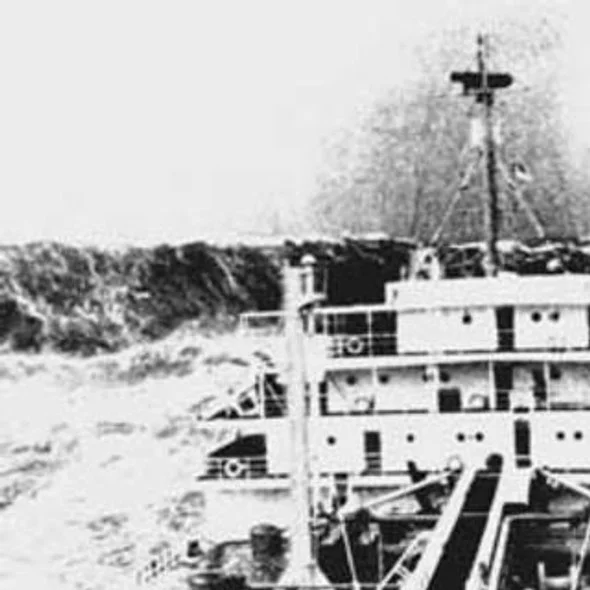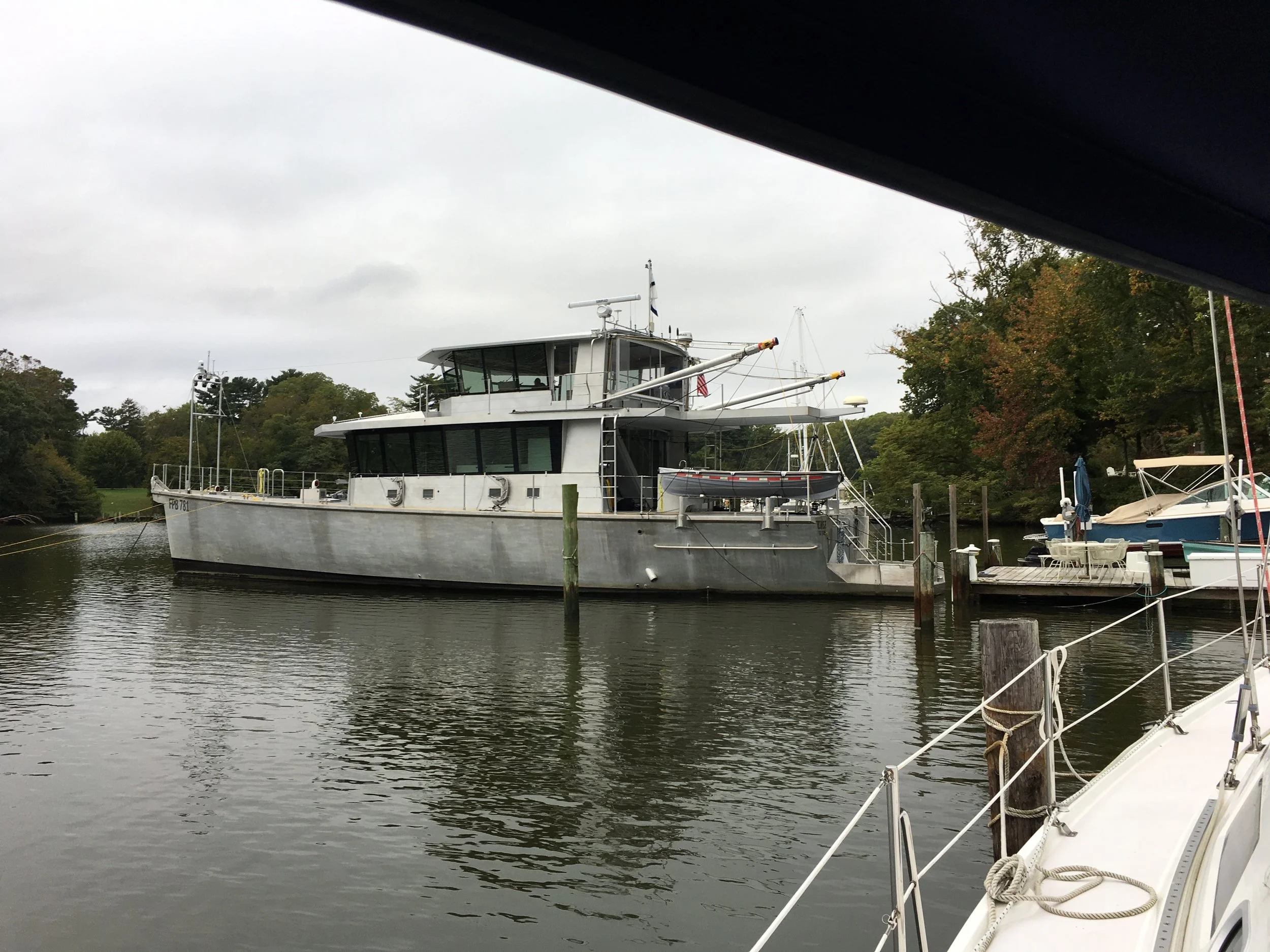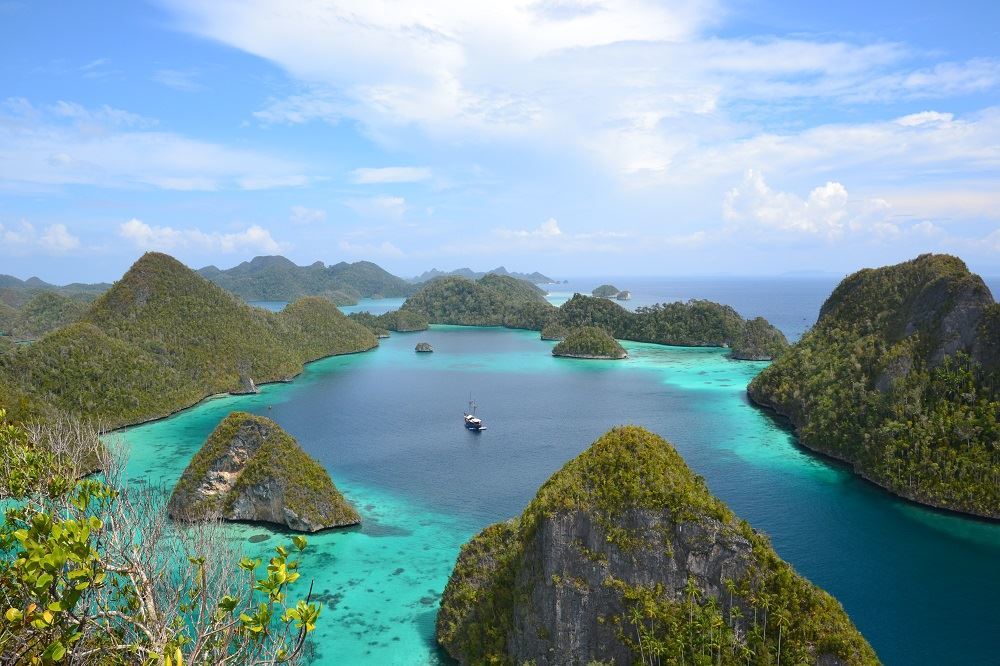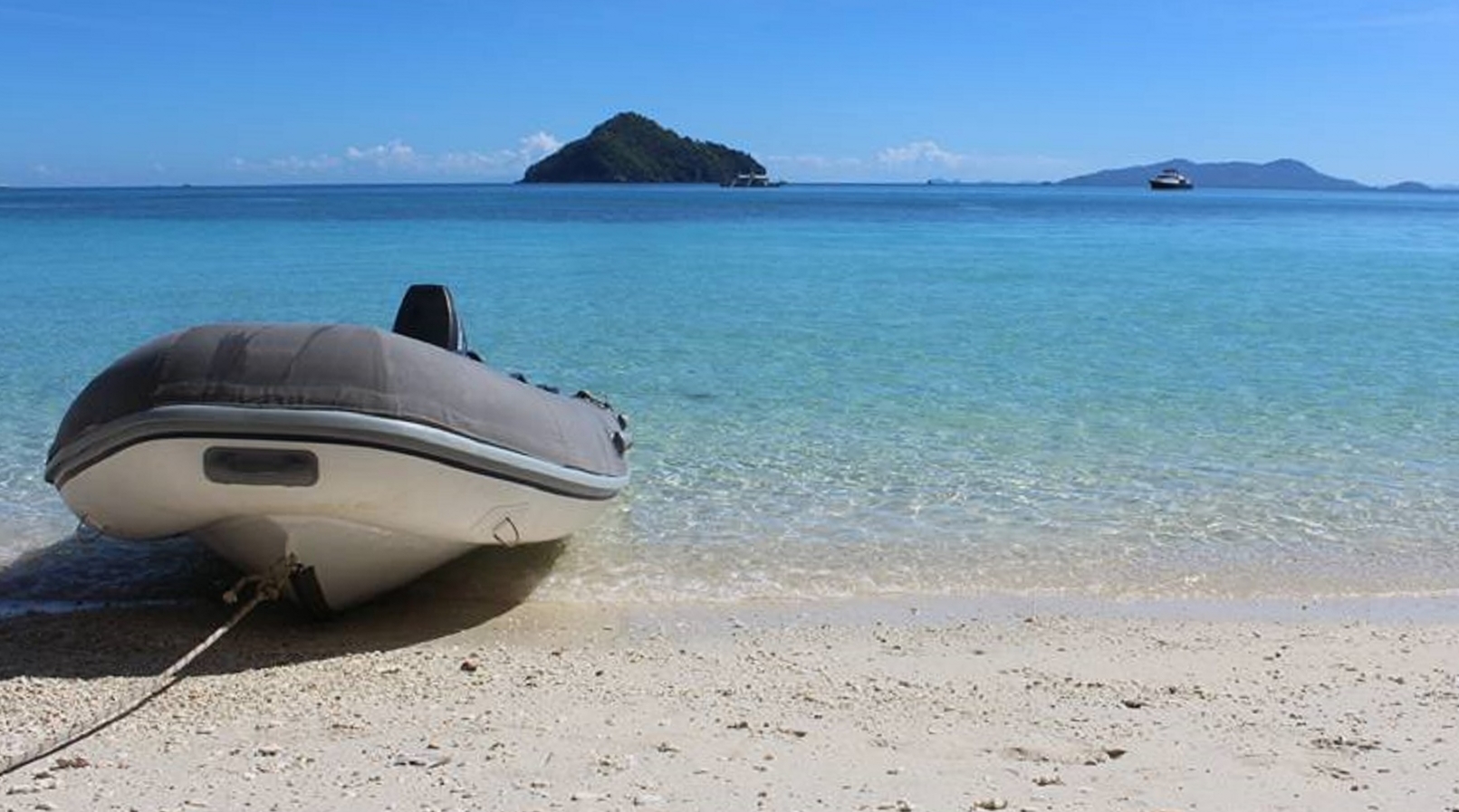On my last two boats, I created an onboard NEMA 2000 network, as the engines were contemporary enough (aka electronic) to allow me to connect their electronic control modules (ECM) into a network through one of Maretron's excellent gateway interface and bridge modules. While I have not yet fully expanded on the potential possibilities of this network beyond engine information on a small Maretron display, I have the basic essentials to create some pretty neat control and alarm functionality.
Whether you have a sailboat or cruising powerboat, if your engine is electronic, you have the opportunity to create a vastly useful network over which all sorts of useful information can be tracked and monitored. Even some older engines can be successfully connected. Check out Maretron's website to learn all about information networks. https://www.maretron.com/
Steve Dashew showed me an example of what is possible on his FPB 78, Cochise, which also has a NEMA 2000 network. He was especially happy to explain how great a particular Maretron product is and how he takes advantage of its ability to keep an eye on his engine room.
He installed Maretron TMP100 black box modules (https://maretron.com/products/tmp100.php) into his boat's network, and each TMP100 can monitor temperatures using up to six accessory temperature sensors.







































It’s been a long time coming but we now see tangible progress emerging to reduce our dependence on fossil fuel. If the U.S. Navy can prove that it works, isn’t it about time the concept of the modern cruising boat includes hybrid forms of propulsion?